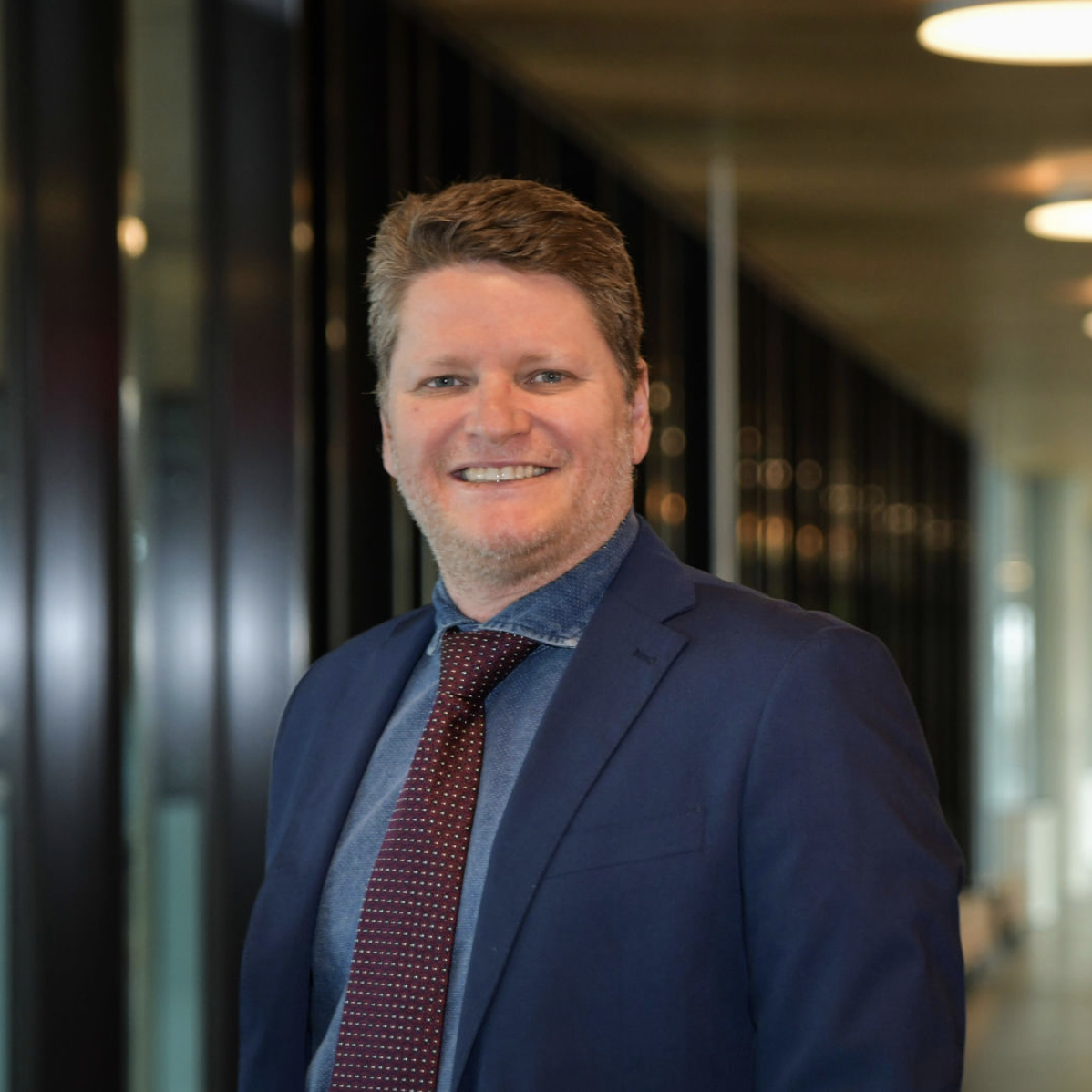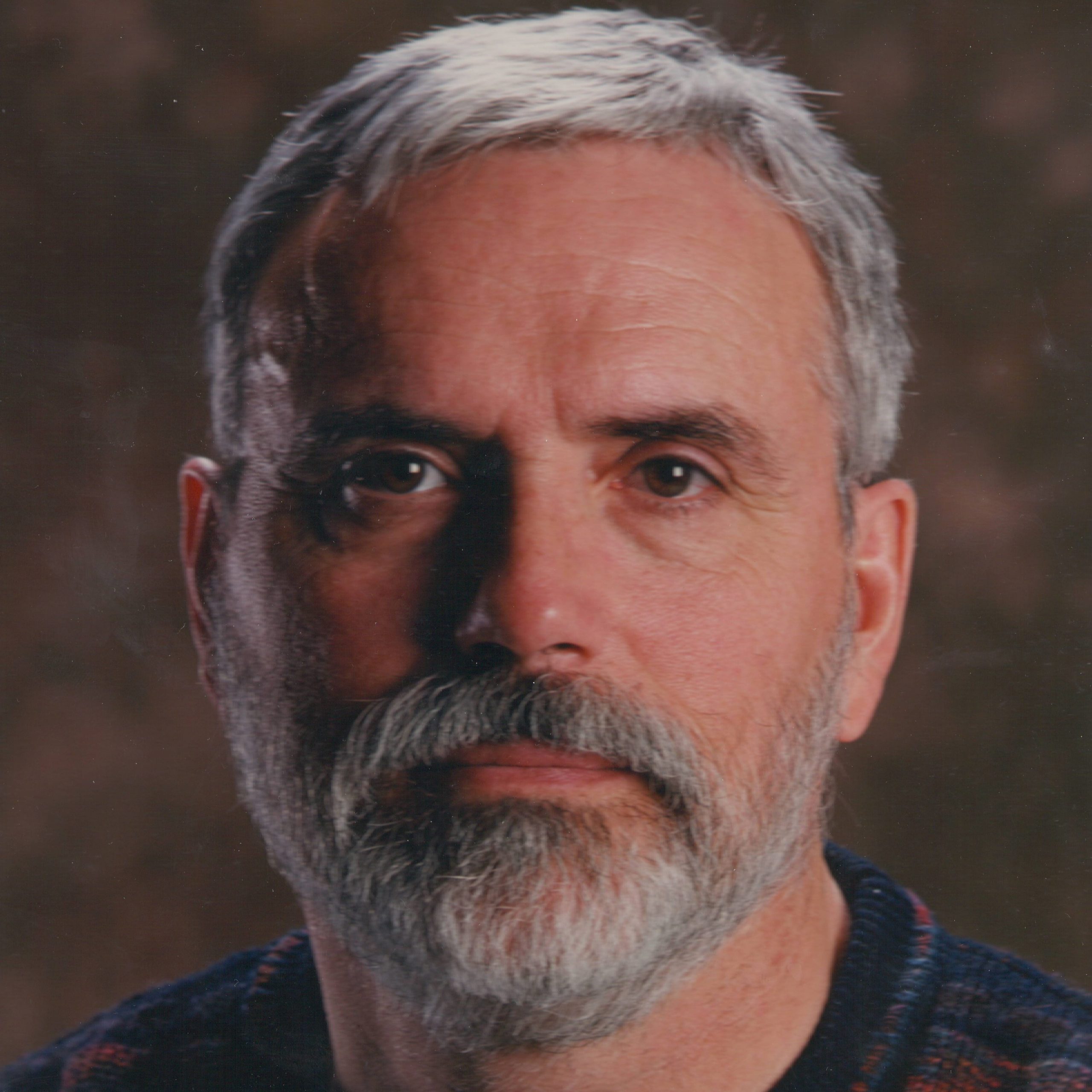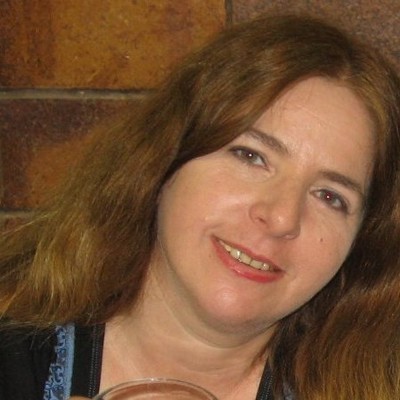Slides
- Keynote 1: A Meaningful Road to Explanation. Giancarlo Guizzardi(University of Twente, EEMCS, The Netherlands) Download
- Keynote 2: Matching Software with Reality. Bran Selic (Malina Software Corp., Ottawa, Ontario, Canada) Download
- Keynote 3: Theory-guided information systems engineering. Pnina Soffer(University of Haifa, Israel) Download
Wednesday – 14th June 2023
Keynote 1: A Meaningful Road to Explanation. Giancarlo Guizzardi(University of Twente, EEMCS, The Netherlands). 9:00AM – 10:00AM

- Bio: Giancarlo Guizzardi is a Full Professor of Software Science and Evolution as well as Chair and Department Head of Semantics, Cybersecurity & Services (SCS) at the University of Twente, The Netherlands. He is also an Affiliated/Guest Professor at the Department of Computer and Systems Sciences (DSV) at Stockholm University, in Sweden. He has been active for nearly three decades in the areas of Formal and Applied Ontology, Conceptual Modelling, Business Informatics, and Information Systems Engineering, working with a multi-disciplinary approach in Computer Science that aggregates results from Philosophy, Cognitive Science, Logics and Linguistics. Over the years, he has delivered keynote speeches in several key international conferences in these fields (e.g., ER, BPM). He is currently an associate editor of a number of journals including Applied Ontology and Data & Knowledge Engineering, a co-editor of the Lecture Notes in Business Information Processing series, and a member of several international journal editorial boards. Finally, he is a member of the Steering Committees of ER, EDOC, and IEEE CBI, and of the Advisory Board of the International Association for Ontology and its Applications (IAOA).
- Abstract: Cyber-human systems are systems formed by the coordinated interaction of human and computational components. The latter can only be justified in these systems to the extent that they are meaningful to humans – in both senses of ‘meaning’, i.e., in the sense of semantics as well as in the sense of purpose or significance. On one hand, the data these components manipulate only acquire meaning when mapped to shared human conceptualizations of the world. On the other hand, they can only be justified if ethically designed. Ultimately, we can only build trustworthy cyber-human systems if the interoperation of their components is meaning preserving, i.e., if we are able to: semantically interoperate these components; transparently demonstrate (i.e., explain) how their interoperation positively contributes to human values and goals. To meet these requirements, we must be able to explicitly reveal and safely relate the different theories of the world (i.e., ontologies) embedded in these components. In this talk, I discuss the strong relation between the notions of semantics, ontology, and explanation under certain interpretations. Specifically, I will present a notion of explanation termed Ontological Unpacking, which aims at explaining symbolic domain descriptions (conceptual models, knowledge graphs, logical specifications). I show that the models produced by Ontological Unpacking differ from their traditional counterparts not only in their expressivity but also on their nature: while the latter typically merely have a descriptive nature, the former have an explanatory one. Moreover, I show that it is exactly this explanatory nature that is required for semantic interoperability and, hence, trustworthiness. Finally, I discuss the relation between Ontological Unpacking and other forms of explanation in philosophy and science, as well as in Artificial Intelligence. I will argue that the current trend in XAI (Explainable AI) in which “to explain is to produce a symbolic artifact” (e.g., a decision tree or a counterfactual description) is an incomplete project resting on a false assumption, that these artifacts are not “inherently interpretable”, and that they should be taken as the beginning of the road to explanation, not the end.
Thursday – 15th June 2023
Keynote 2: Matching Software with Reality. Bran Selic (Malina Software Corp., Ottawa, Ontario, Canada ). 9:00AM – 10:00AM

- Bio: Bran Selić is the President of Malina Software Corp., a Canadian company that provides consulting services to corporate clients and government institutions worldwide. He is also an Adjunct Professor of Software Engineering at Monash University in Melbourne, Australia. Bran has more than 50 years of industrial experience involving the design and realization of large-scale industrial software systems, primarily in the cyber-physical space. In the course of his professional work, he has pioneered the development and application of advanced model-based software engineering methods and related technologies, as well as leading the definition of several related international standards. In recognition of Bran’s contributions to software engineering, he was recently awarded an Honorary Doctorate by Mälardalen University in Sweden.
- Abstract: The essential nature of modern software methods and corresponding technologies can be traced to the earliest applications of computers. The very term “computing” clearly reveals a foundation firmly grounded on mathematical logic and an algorithmic worldview. However, the range of applications of computers has grown immensely since those early days, and we are now in an era of what are rather euphemistically termed “smart” systems. Perhaps the most outstanding characteristic of such systems is that they are intended to do the “intelligent thing” when interacting with a complex, idiosyncratic, and potentially unpredictable physical and/or social environments. In this talk, we first examine the primary shortcomings of our current computing methods and technologies in addressing such contexts, after which we identify some possible research directions that may hold the potential to deal more effectively in these circumstances.
Friday – 16th June 2023
Keynote 3: Theory-guided information systems engineering. Pnina Soffer(University of Haifa, Israel ). 9:00AM – 10:00AM

- Bio: Pnina Soffer is a Full Professor and the former Head of the Information Systems Department at the University of Haifa. She received her BSc (1991) and MSc (1993) in Industrial Engineering, Ph.D in Information Systems Engineering from the Technion – Israel Institute of Technology (2002). Her research deals with business process modeling, analysis, and mining, addressing issues such as goal orientation, flexibility, data and business-focused applications of process mining, as well as social and cognitive aspects of process mining, modeling and management. She has published over 150 publications in journals and conference proceedings. She has served in editorial boards of several journals, and as a department editor of the BISE journal. Pnina has served in program committees of numerous conferences, and held several organizational positions, including serving as a program chair of BPM 2014, CAiSE 2016, and ICPM 2021, and a general chair of the upcoming CAiSE 2024. She is a member of the CAiSE steering committee and the steering committee of the IEEE taskforce on process mining.
- Abstract: Information systems are human-cyber systems, and their engineering should consider both human and technology. The talk will focus on understanding the human side, as a guiding principle for IS engineering (ISE). A multitude of theories that concern humans in the context of IS have been proposed, developed, adapted, or adopted in the related area of management information systems (MIS). These theories, in general, mostly serve for explaining human behavior in the context of IS or for predicting it. The talk will address cases where such theories serve for guiding the development of IS artifacts (systems, processes, methods, models). I will discuss a number of theories that have long been around as examples, and assess their usefulness in guiding ISE and ISE research, in an attempt to indicate what it takes for a theory to be useful for ISE. I will also discuss the difference between bottom-up observational ISE studies and top-down theory-guided ones. Eventually, I will describe some of my recent theory-guided work.

